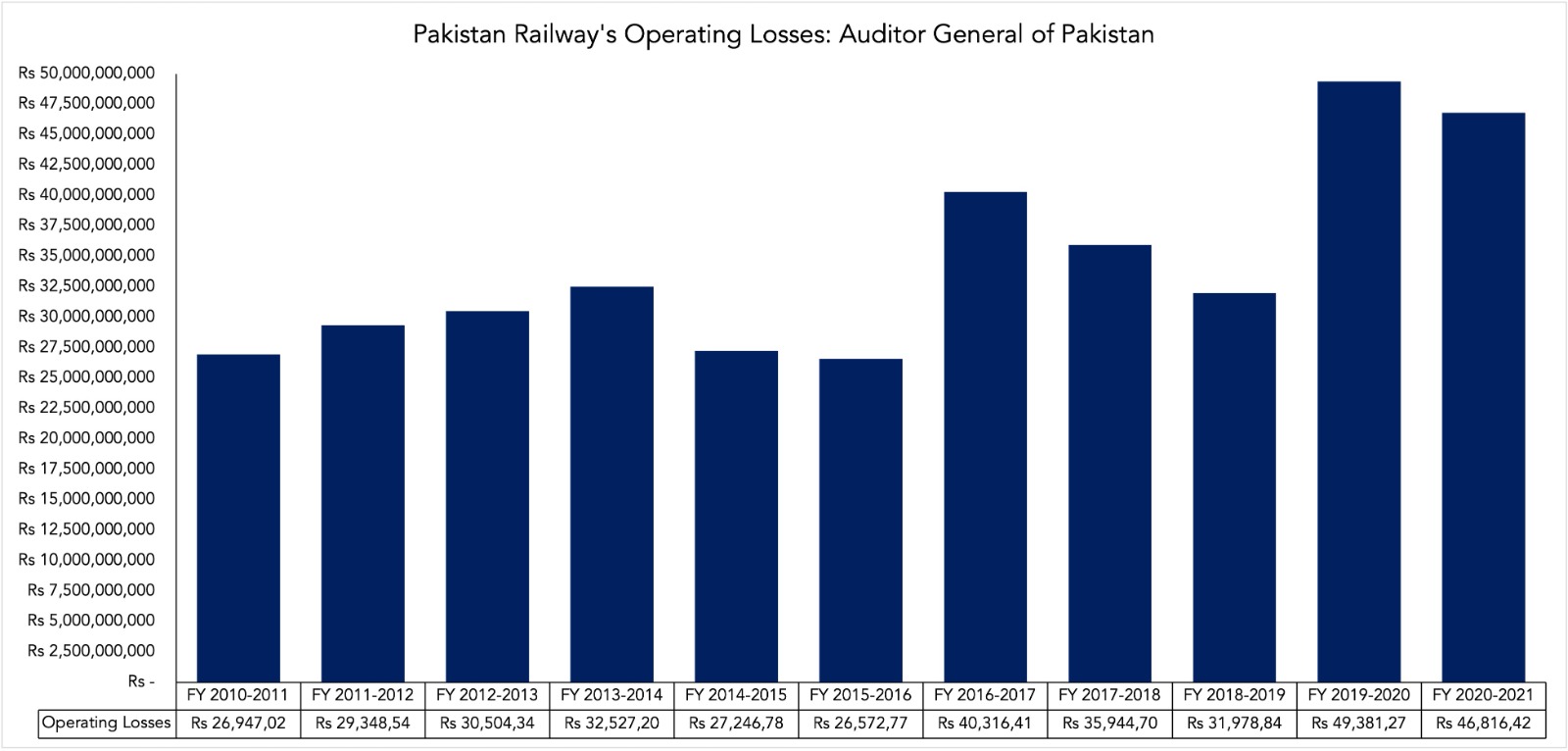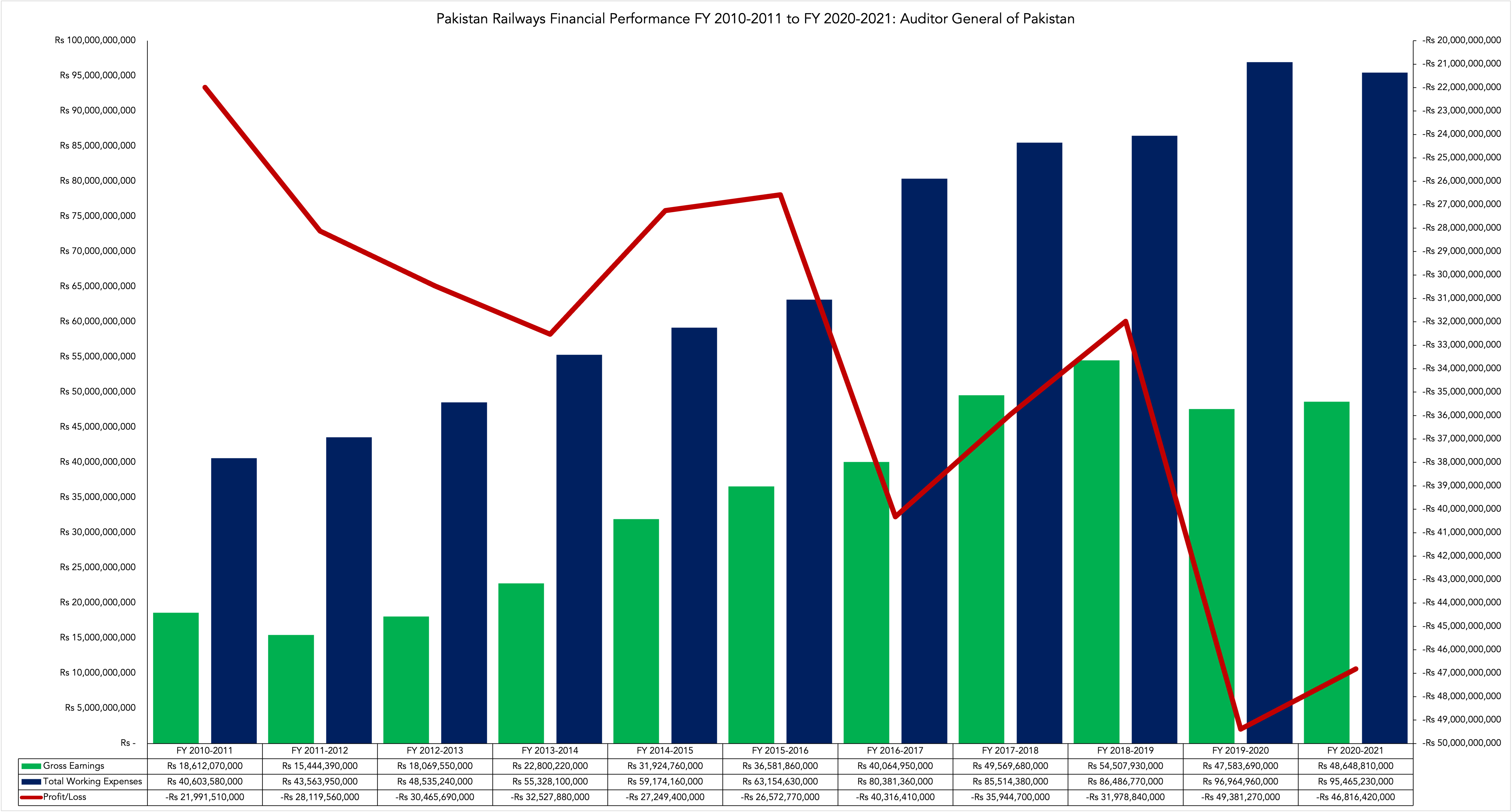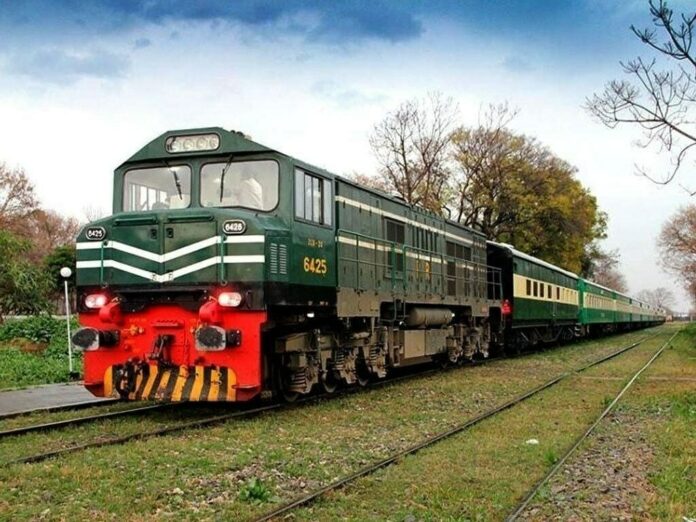The Lahore Railway Station is a majestic and awe-inspiring structure, one that exudes an air of grandeur and history. It is a living, breathing entity that holds within it the secrets and memories of Lahore’s past. The station’s magnificent Mughal and Gothic Revival architectural styles serve as a reminder of its soul, a nod to its colonial history and the era of the British Raj. As you step inside, you are transported back in time, as if the station itself is a portal to the past. The echoes of footsteps from those who have come before you reverberate through the halls, and the air is thick with the fragrance of bygone eras.
Gandhi and his band of activists once marched through its halls, their calls for freedom ringing out loud and clear against the oppressive 1919 Rowlatt Act. The station played a pivotal role in the violent birth of our nation, serving as a gateway for millions of refugees fleeing the trauma of partition; it witnessed both the joys and sorrows of a people fighting for independence with a front-row seat to the separation of India and Pakistan in 1947.
The signs of neglect and decay however, have become increasingly pronounced. The once-grand walls, with their ornate carvings and intricate stonework, now bear the scars of time and the indifference of those in charge. Cracks and missing tiles pockmark their surfaces, while layers of grime, peeling paint, and water stains cover every inch. The columns and archways, which were once adorned with the finest details, are now a shadow of their former selves, barely visible under layers of dirt and neglect. The station seems to have been left to fend for itself against the ravages of time and the chaotic streets outside.
A lack of investment, alleged corruption, and general mismanagement have led to a decline in services and passenger numbers.
However, this might be about to change as Pakistan Railways looks to entice advertisers with their wares. The aim is to monetise existing assets in order to resurrect the national railway service. The question is, what’s the courtship that Pakistan Railways has planned and will advertisers play ball? Profit looks to explore exactly that.
What’s on offer?
“Advertisers will have access to the physical premise of the Lahore Railway Station. They will have access to the parking area, platforms, staircases, bridges, and other infrastructure at the Lahore Railway Station,” says Najam Saeed, Chief Executive Officer of Railway Constructions Pakistan Limited (RAILCOP). “Furthermore, two trains will also be available for advertisers to use. They will be allowed to utilise the space available inside the trains, and also wrap the exterior of the train too. Finally, we will also float various railway crossings/phataks alongside some other properties owned by the Pakistan Railways across Lahore,” Saeed continues.

“It’s a new medium of advertising altogether,” muses Saeed. “While television channels are limited to selling minutes, we have more to offer. We can sell minutes on our in-train infotainment systems, but we can also offer advertisers feet and inches. Advertisers can showcase their products and services in a variety of creative ways, using the space we have available to sell to advertisers,” Saeed adds.
For anyone wondering as to why Profit did not reach out to Pakistan Railways itself. Well, we did. Profit spoke to Naeem Sadiq Sheikh, Chief Executive Officer of the Pakistan Railways, who redirected us to RAILCOP. RAILCOP is a subsidiary of Pakistan Railways spearheading the endeavour. Back to the fun now, why is Pakistan Railways doing this?
Why is Pakistan Railways doing this?
The answer to this is very simple; Pakistan Railways does not have a lot of money, but it does have a lot of land.
According to audits conducted by the Office of the Auditor General of Pakistan, Pakistan Railways has experienced financial losses every year from FY 2010-2011 to FY 2020-21. Its revenue has consistently been able to cover only half of its expenditure bill, with the amount rising from 46% of expenses in FY 2010-2011 to just 51% in FY 2020-2021.The average annual loss during this period was Rs 34 billion.


Pakistan Railways is, evidently, broke. Its CEO believes advertising is a possible much-needed fresh revenue stream. Pakistan Railways has 168,500 acres of land across Pakistan to be precise, according to the aforementioned latest audit report. If this pilot project of theirs works out, then they could potentially generate a lot of revenue.
There’s also another monetary aspect to this that the Railways is looking at, and that is possibly outsourcing part of, if not the entire, cost of maintaining their existing infrastructure. The thinking behind this is that brands buying the variety of spaces on offer for advertising will have an incentive to keep them well-maintained to get the most out of them.
“Effective branding can enhance the aesthetic appeal of infrastructure if implemented wisely. Additionally, the areas that display advertising are more likely to be well-maintained, as companies avoid advertising in unappealing locations,” explains Saeed in an interview with Profit. “There are numerous damaged railway crossings throughout Lahore without any service guards present. Similarly, many high-traffic areas across Pakistan have similar crossings that could provide valuable brand visibility. By utilising these crossings for advertising, revenue will be generated to maintain and hire staff for these locations – either by the Railways or even the brand themselves,” adds Saeed.

“Advertising always benefits infrastructure. The sponsors of the Pakistan Cricket Board (PCB), and the Pakistan Super League (PSL) pay for the super league to happen. Right?,” explains Atiya Zaidi, Managing Director & Executive Creative Director at BBDO. However, as Zaidi points out, these are clearly delineated as part of the contract. Whether the Railways can force through agreements such as these is debatable.
“Advertising enables entities to do the things they want to do. In the long-run, the advertising earnings can be used to improve the Railways’ infrastructure and maybe benefit Pakistan as a whole,” Zaidi adds.
But can the Railways actually sway the agencies that place the ads?
What do advertisers make of this?
“Creative design in mass transport or mass transit vehicles such as buses and subways has always existed. No matter how digital we become, subways and trains limit phone connectivity. While the world is moving towards digital, out-of-home advertising at train, railway, tube, and bus stations, as well as inside buses, will always remain effective because it targets a captive audience,” Zaidi explains.
“It’s like advertising on a plane. Passengers can’t exit the vehicle, and their phones don’t work, so they’re more likely to pay attention to the advertisements. In terms of getting eyeballs, it is always a good investment,” Zaidi adds.“It’s a very good opportunity because there are millions (28.24 million in FY 2020-21, to be exact) of commuters that use Pakistan Railways,” Agha Zohaib, Managing Director at Mindshare, tells Profit.
“It’s a great thing on paper. They should have done this a long time ago, but this is not where the buck stops. They have to take measures to make sure that they can sustain it,” says Saad Khalique, Director of Operations at Orient McCann. “If they simply collect the mobile numbers and/or email addresses of their passengers, or implement a radio frequency identification (RFID) system in the ticketing that links to the customers’ phones, it would open up new avenues for agencies. They could engage in remarketing campaigns and better connect with passengers as potential customers,” Khalique suggests.
According to Zohaib, there are many benefits to using railway platforms for advertising beyond branding. “It’s a good opportunity, not just from a branding perspective, but also for brands that want to engage with customers one-on-one. There’s the potential to move beyond static billboards and incorporate video or audio elements, or even conduct activation activities,” he explains.

“In addition, the closed environment of the train bogey presents unique opportunities for conducting research and gathering feedback. Brands could more easily entice people to give feedback in this setting, and companies like telecommunication providers could potentially offer WiFi on the bogeys to conduct speed tests for their devices,” Zohaib suggests.
“It opens up new opportunities for creativity as well. There are a lot of companies that operate across the country, and you’re on that journey as a potential customer right?,” says Zaidi. “It is an exciting medium for sure. However, the key question will be what the return on investment (ROI) will be for the brands that do decide to invest. Another question that the Railway will have to answer is as to who will undertake the cost of setting up the requisite advertising infrastructure,” adds Zaidi.
This is where our positives end. Let’s start with the latter of the two concerns first.
The devil is in the contractual details
“A lot of the time brands get slack for their out-of-home advertising such as billboards collapsing,” muses Zaidi. “That’s not the brand’s fault, but rather the fault of the company that instals the structure sporting the advert,” she adds.
“Advertising in this manner has never been attempted before, correct? Therefore, it will be necessary to install the necessary infrastructure not only at the stations but also inside the trains and anywhere else the Railway wishes to promote brands. As these are outdoor trains, it’s not possible to simply paste advertisements on the tunnel walls like in indoor tube stations. Instead, we’ll require outdoor billboards. This infrastructure incurs a cost, and safety is a significant responsibility that must be addressed. These are questions that will need to be worked out between the brands and the Railways,” Zaidi continues.
Depending on the agreement that the Railways sign with their advertisers, they may end up incurring additional expenses to get their advertising initiative rolling. This detail is crucial as it will determine whether the Railways will have to bear the cost of maintaining aesthetically pleasing areas where branding will be displayed. Saeed’s assessment that advertisers prefer attractive areas is accurate, but it’s important to note that the upkeep of such areas comes at a cost. The responsibility of bearing this cost will be outlined in the fine print of the agreement.
“Consider the People’s Bus Service in Karachi. Brands wrap their advertisements around these buses because they are aesthetically pleasing, air-conditioned, and well-maintained. As long as the buses remain in good condition, the brands will continue to use them as a platform. However, if the quality of the buses declines, brands will withdraw their advertisements from them,” Khalique explains. “It’s the same for the Railways. As long as they provide quality infrastructure, brands will continue to allocate their advertising expenditure and vice versa,” he adds.
Now let’s address the other issue that Zaidi raises – the elephant in the room: are the brands that media agencies represent interested in participating in this Railway initiative?”
Convincing the actual brands to place their advertisements
“We’re always looking for mass media options. The Railways hasn’t been explored in the past so we will have to test its effectiveness, but I believe there’s appetite for this amongst brands,” says Zohaib. Zohaib’s hesitance is natural given an initiative as nascent as this.
Meanwhile, Khalique acknowledges that the initiative seems promising on paper and says, “The assumption is that it works in other parts of the world so it will work for us too. The world is making money through this, so should we,”. Zaidi, however, puts the dilemma aptly.

The primary question pertains to who the companies deal with from Pakistan Railways; their competence and authenticity will determine the confidence brands have in this initiative. The Railways will need to deliver the return on investment (ROI) they promise companies who partake in this,”.
Saeed opines on the matter by telling Profit that, “Advertising initiatives have never been undertaken in a scientific method by the Railways before,”. He promises that there is a method to the madness. What do we mean?
Shooting darts in the dark?
Saeed used the word scientific. It’s not a slip of tongue, its use is deliberate. That is because the ROI can be calculated in-advance.
“Companies will always conduct a certain ROI assessment in terms of eyeballs. For out-of-home advertisements, it’s usually the number of people that see the advertisement, the traffic where the advertisement has been placed, etc. This will always be the question that brands will ask especially for mediums such as transit,” says Zaidi
According to Saeed through the Lahore Railway Station, Pakistan Railways aims to cater to an “accumulated 150,000 personnel per day consisting of passengers departing, arriving, and railway station visitors,”.
“The biggest challenge however will be collecting data on the rail carriages. While data for other infrastructure provided by the railways can be corroborated with third parties, this cannot. Pakistan Railways operates primarily intra-city, meaning that the rail carriages will pass through low-population-density areas in the suburbs. Consequently, very few people will see the ads we place, and even those who do may not have the purchasing power to act on the advertisement,” explains Khalique.
“Since these carriages are unlikely to be seen by customers of corporations whose ads we’ll be placing, it is crucial that our data set is solid. Our measurements must be transparent and intensive,” Khalique adds.
Saeed acknowledges that the Railways does not have immediate data on hand to present, “Customer behaviour is an entire world on its own. The need of the hour for us is to see how many passengers we have, and subsequently how many eyeballs we can attract,” he says. “This is a pilot project. We can collect and analyse more data as required, going forward. There will be innovations based on the learnings that we obtain once it gets rolling. The important thing is to get it off the ground for now,” Saeed adds.
Whether the Railways’ learnings will translate into tangible improvements within a year is debatable. “In my opinion, governmental organisations are generally bureaucratic and slow. If the Railways’ plans are as ambitious as they claim, they should have the means to implement them,” Zohaib opines. “Governmental organisations have a top-down approach. If the person at the top wants it done, everything will be done,” remarks Khalique. However, the opposite is also true.
Navigating the current political rigmarole
Pakistan Railways has attempted to monetize its assets through advertising in the past. However, a 2014 pilot project that offered branding opportunities to companies on the Tezgam, Khyber Mail, and Awaam Express trains, such as on seat covers, internal walls, and toilets, failed to take off, and all plans for a revival had remained dormant.
Saeed, in a conversation with Profit, noted that the current Federal Minister of Railways, Khwaja Saad Rafique, in his address, acknowledged that the previous initiative failed due to a lack of professional expertise in branding. He added that the Minister is now confident that the necessary expertise is available to make the current project a success.
Yet, there remains a concern about the timing of the project. Saad Rafique, was also in charge of the previous initiative. With the political turmoil that has plagued Pakistan, there is uncertainty about what would happen to the project if he were to lose his position.
“Advertising for any government in Pakistan carries a lot of political innuendos, which brands generally prefer to avoid. No brand wants to be involved in a political conflict. They don’t want to take sides, especially in Pakistan. While brands may do so internationally, that is not the case for brands in Pakistan,” Zaidi opines on the matter. Zohaib, and Khalique share the same reservations on the matter.
Although Saeed is optimistic that the railway’s gains from the advertising initiative will garner bipartisan support, advertisers are understandably cautious about accepting such claims at face value. “While Pakistan’s bureaucracy is well-equipped to ensure the project’s long-term viability and make necessary improvements over time, we cannot ignore the political pressures that come with their roles,” Khalique adds.
Additionally, the red tape and general inefficiency that plagues public sector enterprises makes for a difficult and time consuming execution.
The Railways’ upcoming pilot program is a gamble, and it’s anyone’s guess whether they’ll learn from it and introduce the incremental improvements needed. While brands may be tempted to support this initiative out of a sense of national pride, financial viability is the key to its long-term success. At the end of the day, ROI – not patriotism – determines the flow of capital. Without a solid commercial foundation, this passion project could be nothing more than a momentary burst of excitement, fizzling out into obscurity.









